Location Types
Learn how to create and configure customizable templates that define the structure, properties, and information required for different categories of locations.
Overview
Location Types (also known as Location Forms) provide templates that help standardize how you classify, organize, and describe different physical spaces in your organization. They ensure:
- Consistent information collection for similar locations
- Efficient location categorization and organization
- Streamlined process for adding new locations
- Improved data quality for reporting
- Enhanced location filtering and searching
Key Features
- Customizable Templates: Define specific information requirements for each location category
- Field Configuration: Choose from multiple field types with validation rules
- Required Fields: Specify which information must be provided
- Flexible Forms: Add custom fields based on operational needs
- Standardization: Maintain consistency across similar locations
Field Types Available
Basic Types
- Text: For general text input
- Number: For numerical values
- Date: For date values
- Checkbox: For yes/no options
Advanced Types
- Select/Multi-Select: For choosing from predefined options
- URL: For web addresses
- Phone/Email: For contact information
- Rating/Scale: For evaluations and measurements
- Files: For document attachments
- Signature: For approvals
Creating a Location Type
-
Access location types:
- Click "Inventory" on the landing page
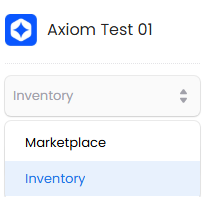
- Select "Locations"
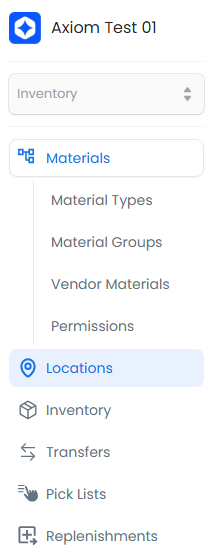
- Click "Location Types"
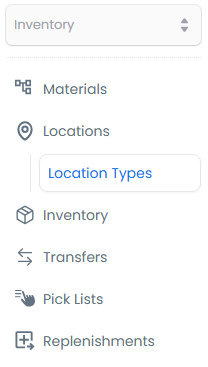
-
Create new type:
- Click "+ New Type"

- Enter type name and click "Continue"

-
Configure attributes:
- Select input block from sidebar
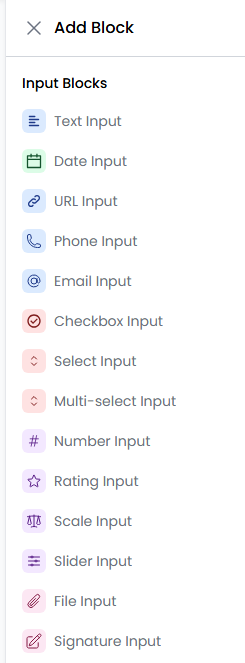
- Configure input settings
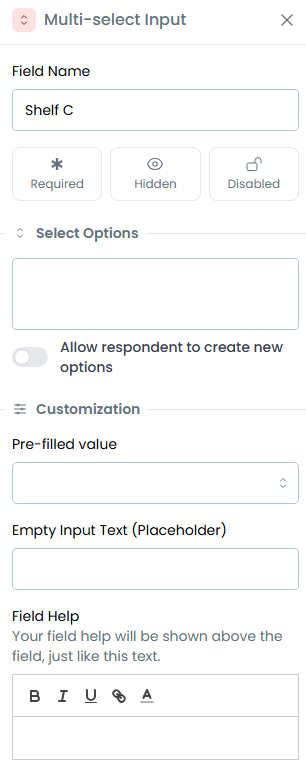
-
Set field properties:
Available Settings
Setting Description Required Field must be filled in - indicated by red asterisk Hidden Field is not visible but can store data Disabled Field is visible but cannot be edited None Standard field with optional input Field Configuration Options
Option Description Min/Max Set limits for numerical values Validation Define rules for input format Default Set default value when creating locations Order Control field sequence on the form Help Text Provide guidance for field completion 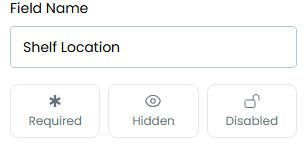
-
Configure field options:
- Enter attribute options
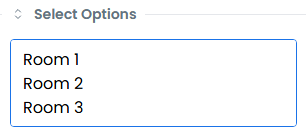
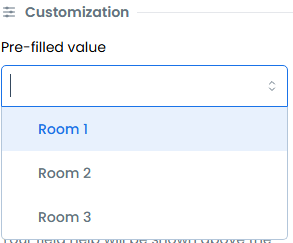
- Or add placeholder text

Example Views
- Selected option view:

- Placeholder view:

-
Add field help:
- Enter help text for additional context
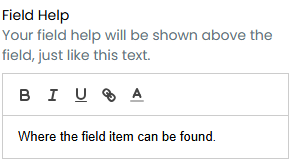
- Preview help text display

-
Complete the setup:
- Click "Add Block" for more attributes
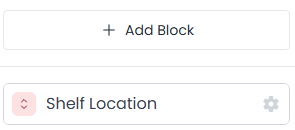
- Click "Save" to finish

Example Templates
Warehouse Template
- Basic Fields:
- Name (Text, Required)
- Description (Text)
- Address (Text, Required)
- Custom Fields:
- Storage Capacity (Number)
- Temperature Controlled (Checkbox)
- Storage Type (Select: Rack, Floor, Special)
- Loading Docks (Number)
- Operating Hours (Text)
- Equipment List (Multi-Select)
Retail Store Template
- Basic Fields:
- Name (Text, Required)
- Description (Text)
- Address (Text, Required)
- Custom Fields:
- Floor Area (Number)
- Store Manager (Text)
- Opening Hours (Text)
- Back Office Storage (Checkbox)
- POS Terminals (Number)
- Floor Plan (File)
Production Facility Template
- Basic Fields:
- Name (Text, Required)
- Description (Text)
- Address (Text, Required)
- Custom Fields:
- Production Capacity (Number)
- Safety Requirements (Text)
- Equipment List (Text)
- Certifications (Multi-Select)
- Maintenance Schedule (Date)
- Hazardous Materials (Checkbox)
Best Practices
Template Design
- Create separate types for fundamentally different spaces
- Include fields that support operational processes
- Use similar fields across types where appropriate
- Keep forms focused on relevant information
- Plan your location hierarchy before implementation
Field Configuration
- Use clear, descriptive field names
- Provide helpful placeholder text
- Add context with field help text
- Set appropriate validation rules
- Order fields logically
Template Management
- Test templates before publishing
- Review and update templates periodically
- Archive obsolete templates instead of deleting
- Document template purposes and usage
- Train users on proper template use
TIP
When creating a new location type, start with the essential fields and gradually add more as needed. This makes the template easier to manage and helps ensure data quality.